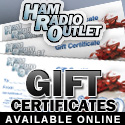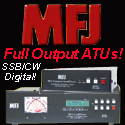ROS and CHIP deemed illegal below 222 mHz for U.S. amateurs
Discussion in 'Amateur Radio News' started by N3TL, Feb 25, 2010.
- Thread Status:
- Not open for further replies.
Page 2 of 4
Page 2 of 4
- Thread Status:
- Not open for further replies.










